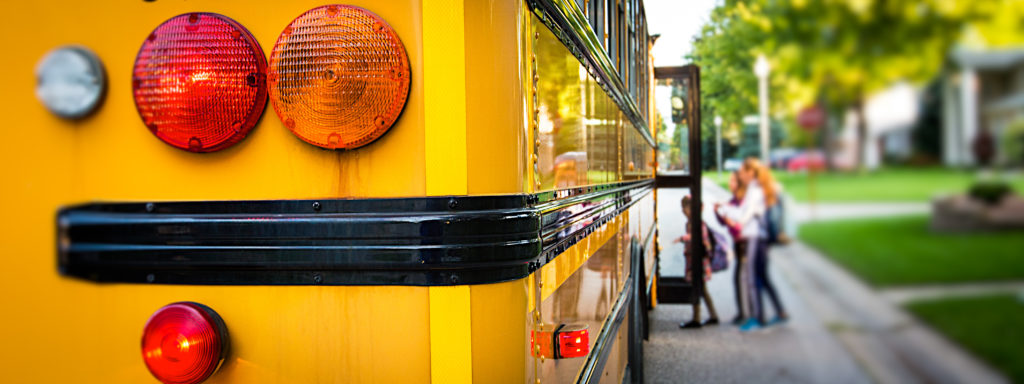According to a University of Chicago report, nearly one-third of the nation’s foster children haven’t graduated high school or earned their General Education Development (GED) Certificate. In an effort to raise high school graduation rates President Obama signed the “Every Student Succeeds Act (ESSA)” in 2015.

ESSA replaced President Bush’s No Child Left Behind Act (NCLB) and put an emphasis on improving student performance while setting a national academic standard. It also addressed the unique educational needs of foster children with several mandates, such as keeping children in the school they were enrolled in prior to entering care or moving to a new foster home and providing transportation to and from school.
While states were told they had to meet the requirements of ESSA by December 2016, many were slow to get the process moving, with several states still not in compliance. One of the main reasons for the delays has been figuring out where the money will come from to support the school districts with these changes.
Colorado has introduced a bill “Improving Educational Stability for Foster Youth” that would force the state to meet the foster care requirements of ESSA. This bill would allocate $2.9 million to fund the Education Stability Grant Program that would help cover the cost of transportation for foster children.
The state experienced a 10 percent drop in foster youth graduating high school on time between 2016 and 2017, bringing the rate down to 23 percent. With the statewide percentage at 81 percent, it’s clear this a problem unique to foster care. In part, it’s due to children being placed in foster homes outside of their original school district or county.
While the Fostering Connections to Success and Increasing Adoptions Act (FCA) guaranteed children the ability to stay in their school of origin if deemed to be in their best interests regardless of where they were placed, it created the problem of getting these children to a school that is now significantly farther away. One former foster youth from Colorado, Kristina Smith, told the Denver Post that her only option for getting to school was to walk 45 minutes each way. Smith is now among those petitioning lawmakers to provide transportation to schools for Colorado’s children in care, saying it would allow them to “succeed and heal.”
Colorado is looking into using the money from the “Improving Educational Stability for Foster Youth” bill to transport foster children to school using commissioned vans and buses, ride services like HopSkipDrive, or paying mileage to foster parents and caseworkers. They wouldn’t be the first to use HopSkipDrive, as the company already has a contract with Los Angeles County’s Office of Education (LACOE) to provide school transportation for foster children.
The two agencies see the partnership as a pilot program and hope it will spread throughout all of California and eventually across the country. Currently, HopSkipDrive provides transportation for foster children in Los Angeles County, Orange County and the San Francisco Bay area. Everyone driving for the company must pass a 15-point eligibility test and have five years of childcare experience. Now with their partnership with LACOE, the drivers and staff are also taking trauma training to be of further assistance to the children they are helping.
While Michigan waits for its bill to pass and LACOE continues to test its pilot program, New Jersey remains a leader in educational stability for children in care. For nearly a decade, the state has had laws in place to provide transportation for foster children (N.J.A.C. 6A:27- 6.4) and to keep them in their school of origin (N.J.S.A. 18A:7B-12).
Continuing to lead the way in foster care reform, New Jersey is one of the first states to have its own ESSA education plan approved.
Prior to the plan’s approval in August of 2017, the state collected input from stakeholders on all levels. They had over 5,000 people respond to a survey, conducted more than 90 meetings, talked with individuals representing over 160 communities and held a focus group featuring more than 80 education and community organizations.
The New Jersey Department of Education (NJDOE) went to these lengths to ensure the plan reflected the values of its communities. Through this process they developed the mission of New Jersey’s ESSA State Plan which is to, “empower local communities to identify their unique student needs and receive targeted supports to ensure all students receive the education they deserve.”
To learn more about Michigan’s bill to provide transportation for foster children, click here.
To learn more about New Jersey’s ESSA education plan, click here.
